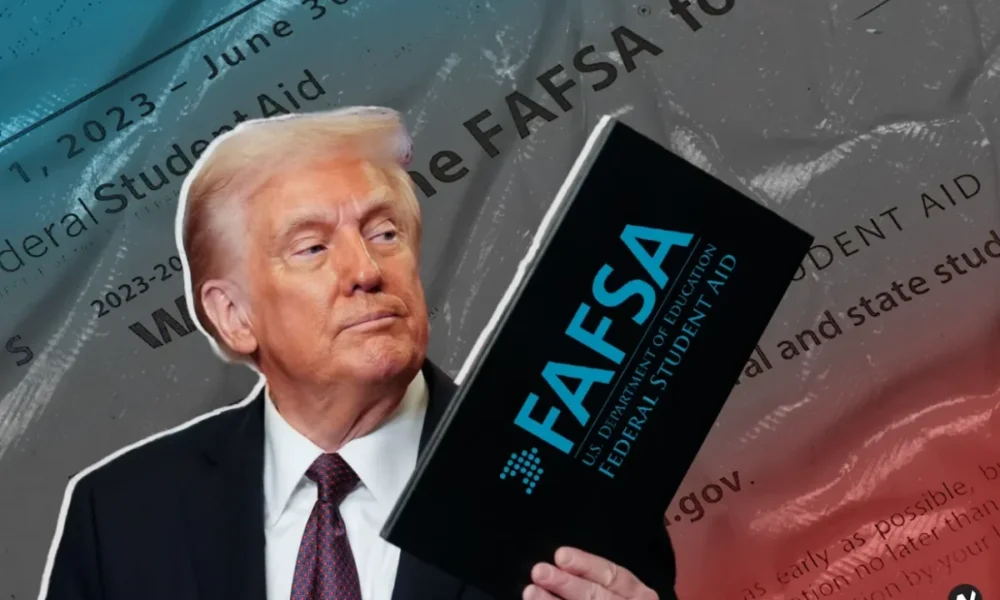Everything about FAFSA Trump
Key Changes to FAFSA Under the Trump Administration
1. Simplification of the FAFSA Form
One of the most significant changes under Trump was the push to simplify the FAFSA application. The administration supported the FAFSA Simplification Act (2019), which aimed to:
- Reduce the number of questions (from 108 to just 36).
- Eliminate redundant or confusing sections.
- Make it easier for low-income families to qualify for Pell Grants.
This move was widely praised, as the previous form was notoriously complex and deterred many eligible students from applying and visit more on 56 News.
2. Expansion of Pell Grants for Short-Term Programs
The Trump administration expanded Pell Grant eligibility to include short-term career training programs (less than 15 weeks). This was part of a broader effort to promote vocational education and workforce development.
Example: A student pursuing a 10-week coding bootcamp could now use Pell Grants to cover costs, whereas previously, only traditional degree programs qualified.
3. Cuts to Federal Student Aid Programs
While some changes were beneficial, the Trump administration also proposed budget cuts to federal student aid programs, including:
- Reducing funding for Federal Work-Study.
- Eliminating subsidized student loans (though this was not ultimately passed).
- Capping the Public Service Loan Forgiveness (PSLF) program.
Critics argued these cuts would hurt low-income and middle-class students, while supporters claimed they were necessary to reduce government spending.
4. Changes to Borrower Defense Rules
The Trump administration revised the Borrower Defense to Repayment program, which forgives loans for students defrauded by predatory colleges. The new rules made it harder for students to qualify by:
- Requiring stricter proof of fraud.
- Implementing a shorter window to file claims.
- Reducing automatic loan discharges.
These changes were controversial, with opponents saying they favored for-profit colleges over students.
How Trump’s FAFSA Policies Compare to Biden’s
Since taking office, President Biden has reversed several Trump-era FAFSA policies, including:
- Reinstating Obama-era Borrower Defense rules to make loan forgiveness easier.
- Expanding PSLF to include more professions.
- Increasing Pell Grant amounts (though Trump also supported this in his final budget).
However, the push for FAFSA simplification has remained a bipartisan effort, with Biden continuing to streamline the application process.
What Students Should Know Today
Whether you supported Trump’s policies or not, here’s what students and families should keep in mind:
- FAFSA is now simpler, but still requires careful attention.
- Pell Grants cover short-term programs, opening doors for non-traditional students.
- Loan forgiveness rules keep changing, so stay updated.
- Apply early, as some aid is first-come, first-served.
Final Thoughts: The Lasting Impact of Trump’s FAFSA Policies
The FAFSA Trump administration’s approach to FAFSA was a mix of streamlining improvements and controversial cuts. While the simplified form has been a lasting positive change, some budget reductions and stricter loan policies drew criticism.
As student debt continues to be a hot-button issue, future administrations will likely keep reshaping FAFSA. For now, students should stay informed, apply early, and explore all available aid options—regardless of political shifts.










